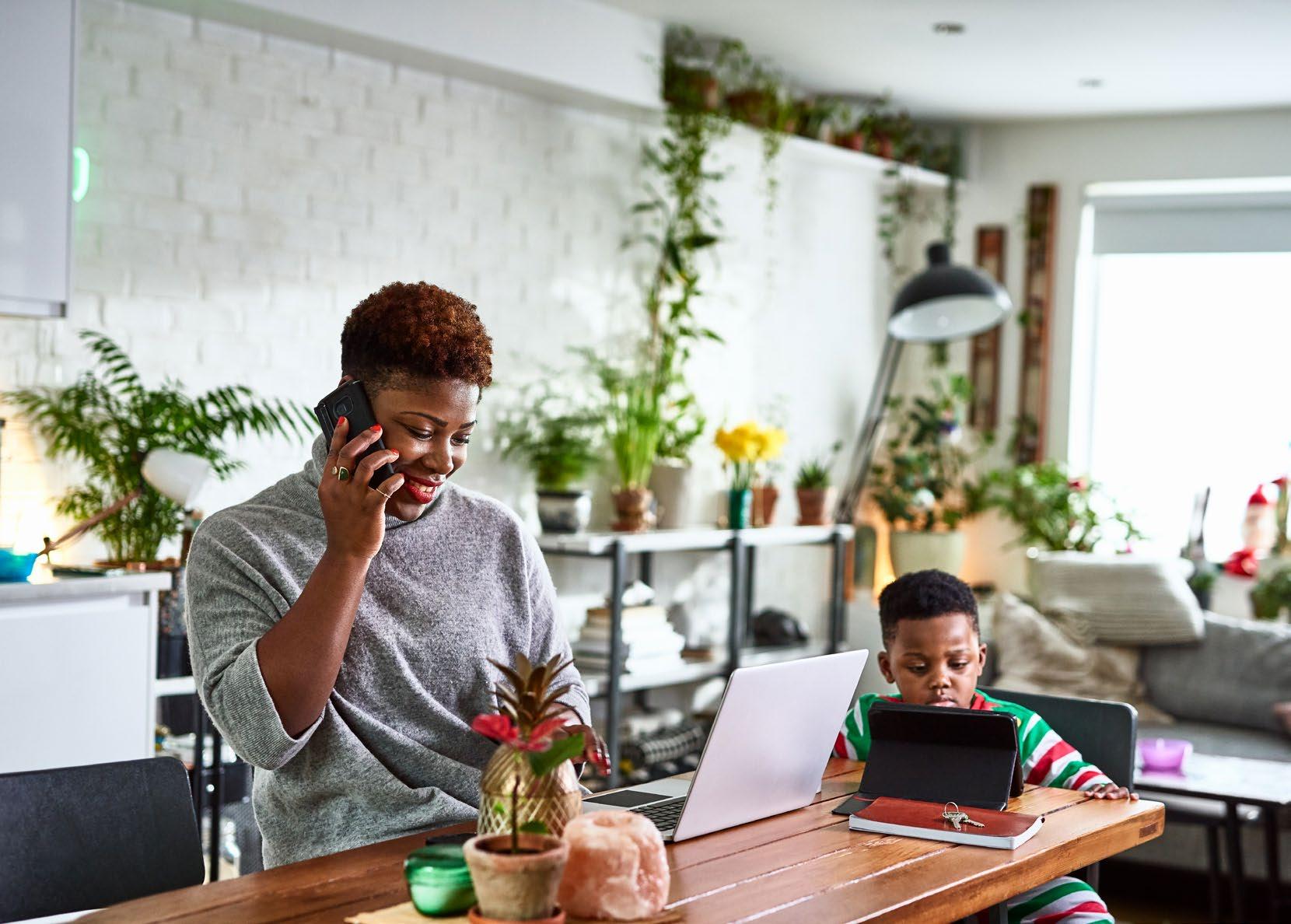
1 minute read
In the Thinking Further activity, ask students to do this in their breakout rooms. Then, give them your response to it and ask if they agree or disagree with you. Follow this up by asking them if they think this is the same in every other country by commenting in the chat box
Using breakout rooms with young learners.
Just as we would not leave young learners unsupervised in a physical classroom, we don’t want to leave our students unsupervised in breakout rooms either. If you plan to use breakout rooms with your teenage students, arrange for online teaching assistants to help monitor the breakout rooms. If this isn’t possible, here are some alternative approaches you can use:
> Comparing answers to exercises: Show the answers on your screen, allow students a few minutes quiet time to check their answers (you can play music during this time if you want). Then invite students to ask questions. (A fun twist on this approach is to add a few “mistakes” in the answers and get students to spot the mistakes. This makes sure they’re paying attention).
> Discussion tasks: Use the chat box for the initial stage of the discussion so that everyone can share answers and generate ideas, then call on individuals to ask and answer questions. You can ask each student to nominate a classmate to continue the discussion until everyone has spoken. Ask students to record their answers to the discussion questions after the class and send you the recording.
> Role-plays: Act out the role-play with one or two of your stronger students first, then call on pairs to act out the roles in the main classroom. Ask students to write out the dialogue from the role play and share it with you after the class.



